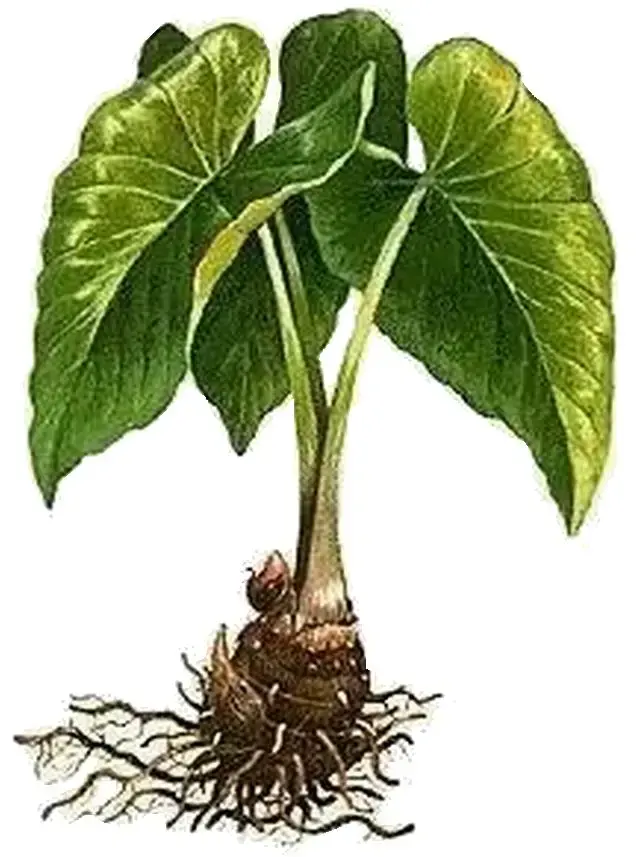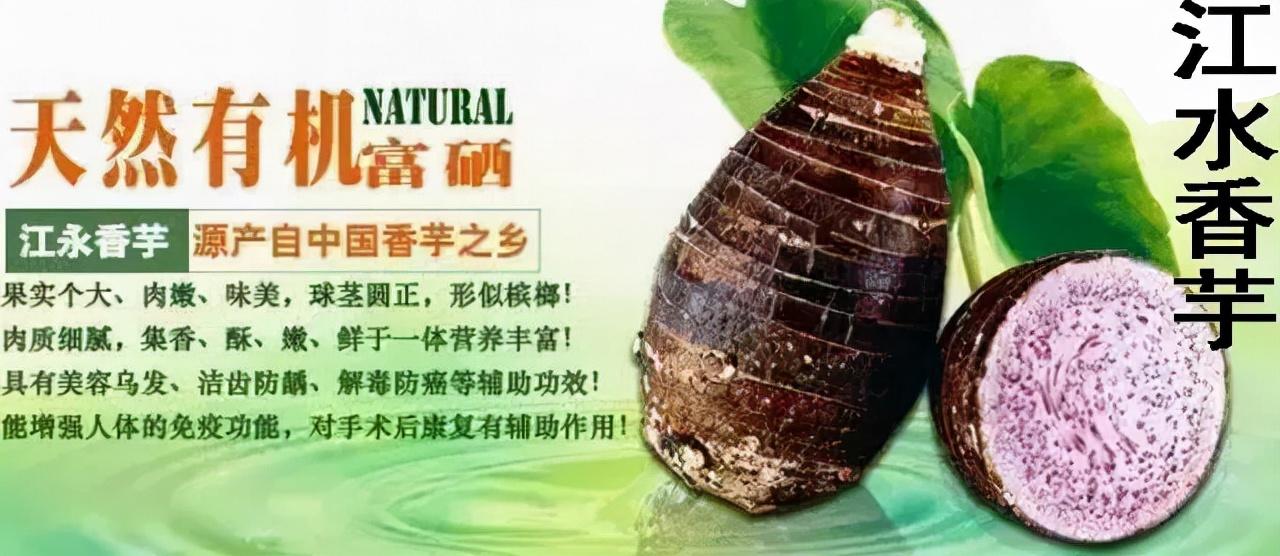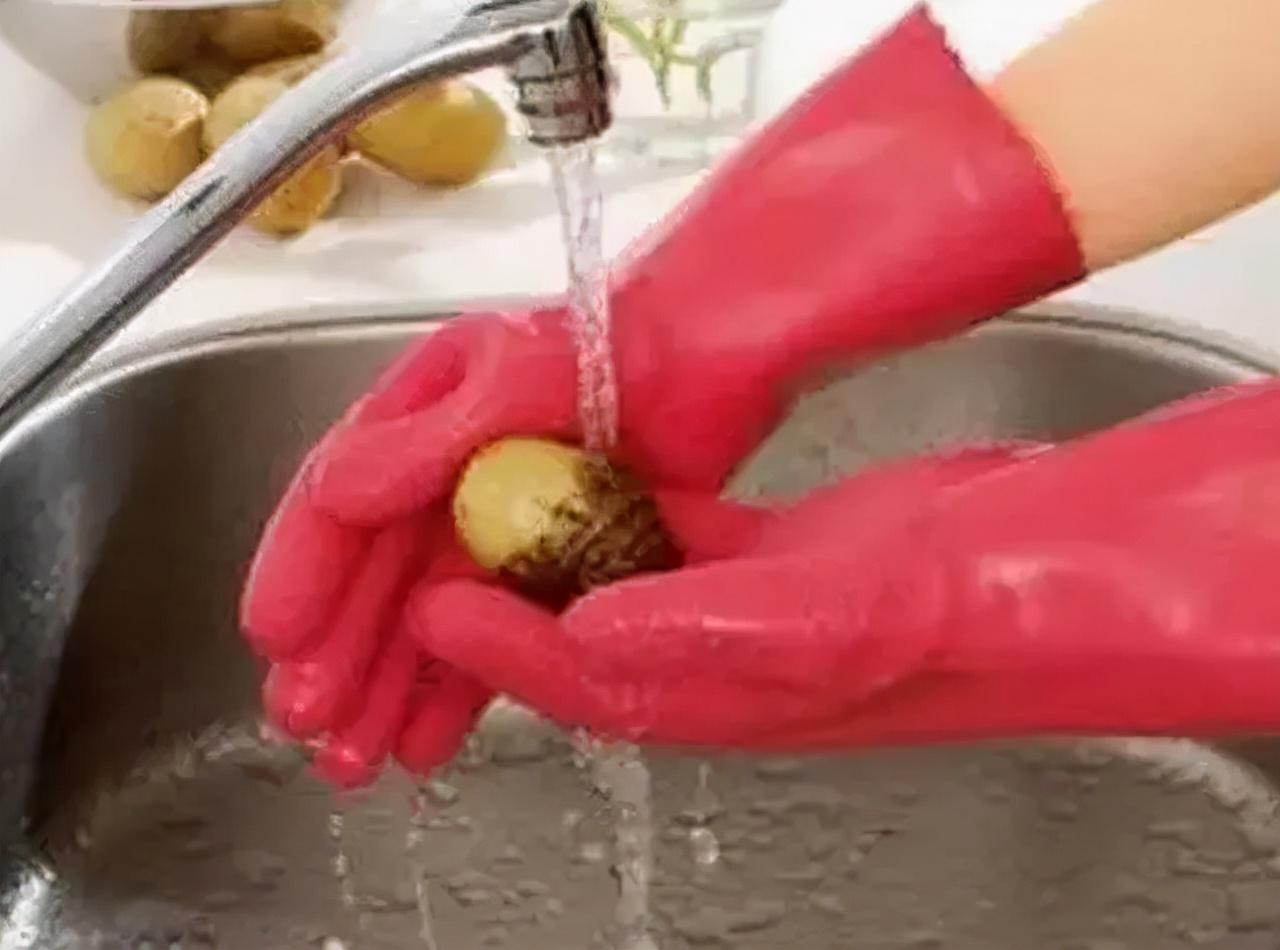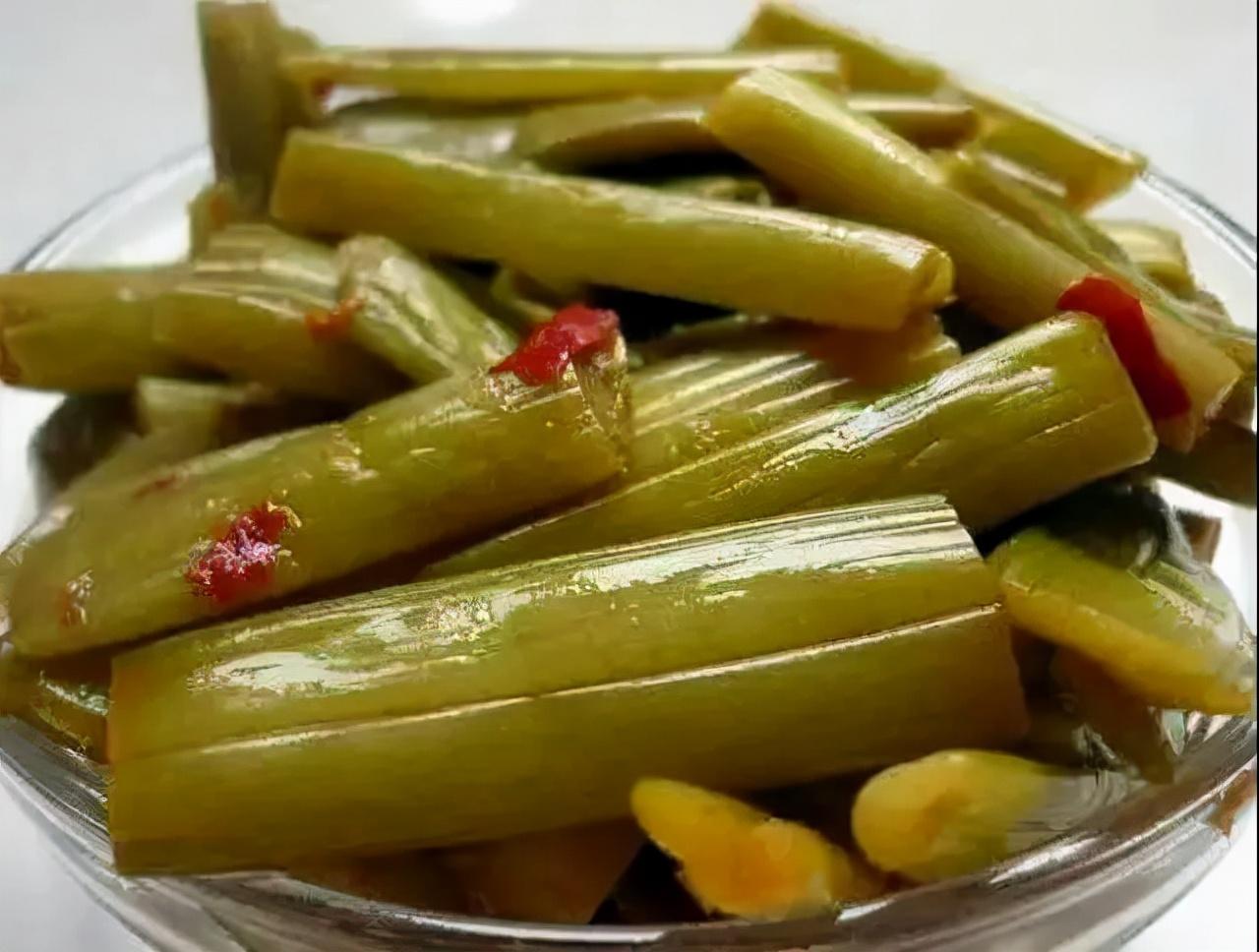AraceaeMembers of the plant family are all beautiful, and both wild and domestic ones are quite ornamental.

But this subject Most plants are poisonous. For example, calamus, pinellia, Avalokitesvara, calla lily, monstera, pothos, calla lily, and the oldest aroid, etc., are beautiful but poisonous, and many of them have entered the medicinal industry. However, some varieties, such as konjac, are on people's dining tables after being processed to remove toxins. There are also more familiar onesTaro span>, After human selection and attenuation, it has long been a daily food.
Taro,SystemAraceaePlant taroColocasia esculenta's underground bulbs. The species name esculenta means "Edible” .

Originally produced in India, and later introduced into the country from Southeast Asia and Japan. Single predicate "芋" is his true self. Other root or tuber crops are also called "Taro", such as sweet potato ), potato (potato), black taro (water chestnut).

my country except the northwest , outside Tibet, it is cultivated in various places, with the Pearl River Basin and Taiwan being the most populous, followed by the Yangtze River Basin. Shandong Province in the north has also become an important production area. Because of its wide distribution, there are many synonyms, such as taro, taro, taro milk, taro, squatting owl, taro Kui, taro root, Xianghua, taro, fragrant taro, potato, tochia, etc. The English name is taro or taro roots.
Wide variety
Cultivated taro There are hundreds of species, and the bulbs vary in flesh quality, size, and shape, mostly oval and round. Main pointsRed taro(also known as red bud taro) , White taro(White bud taro), span>Dark Mode(dog claw taro) and so on.

Directly connected to Female taro under the main stem Larger, often Called taro. Mother Taro There are brain buds in each node that can produce tillering. Form an egg-sized "子芋". 子芋 You can also tiller out smaller " Sun Yu ".

In long-term cultivation , some famous and high-quality products have emerged, the two most famous "Hometown of Taro in China" isHunan Yongzhou andFenghua, Zhejiang.

Betel nut taro< /span>
Also known as Kui Taro is an excellent variety of wild taro that has been bred for a long time. The edible part is the mother taro, which is larger in size and has a glutinous flesh. It is especially suitable for use in cakes and cold drinks.

Mainly produced in Guangxi, Guangdong, Hunan and Fujian and other places. Many northerners have watched the TV series "Prime Minister Liu Luoguo "Lipu Xiang Taro, only then did I know this Planting giant taro.

Lipu tarois clear Originally introduced from Zhangzhou, Fujian, it can be calledBetel nut The best of them all. Then it was spread from Lipu, Guangxi to Yongzhou, Hunan, where the aromatic "江永香芋", achieving the well-known "Hometown of Taro in China”.

Produced in Fujian The "Fuding taro< /span>", large body and beautiful shape , high quality and rare.

Shaoguan, Guangdong Province Lechang is known as "Super Taro Hometown", planted There is the world’s largestareca taro , each weighing up to 10 Many pounds.

多子芋
PointsRed(bud)芋andWhite(bud)芋, is the main product in the Yangtze River Basin, and is called taro in Jiangsu and Zhejiang.

"Hometown of Taro in China "Taro heads from Fenghua, Zhejiang, edible YesMother taro. It is a traditional famous special quality Red tarovariety, too Chang Kaishen’s favorite hometown specialty in his life.

CCTV "< /span>China on the tip of the tongue》Xinghua, Taizhou, Jiangsu Province introduced by the program Duotian龙香芋< /span>, the place of origin is recognized by the United Nations Agriculture and Food Organization recognized as "globally important Agricultural cultural heritage". Taro is famous locally for its popularity " meaning, also What we eat isMother Taro< /span>.

But most Jiangsu, Zhejiang and NorthernersThe food is soft and glutinous. 子芋 , Jiangnan is called < strong>Taro seedlings< span style="color: #0E408C; --tt-darkmode-color: #4587EC;" class="data-color--tt-darkmode-4587ec">. Mother Taro Generally, it is coarse, crisp and hard and is used to feed pigs .

White bud taroMostly Early ripening, tender and smooth. Red bud taroThe epidermis is pink, with a lot of starch, and is pink. The waxy aroma is strong.
GetGeographic indication products< /strong>The following are:
Zhang Xixiang, Shaoguan, Guangdong Taro, Lipu taro in Guangxi, Liuwei taro in Nanning, Danzhou taro in Hainan, Jiangyong taro in Yongzhou, Hunan, Jingjiang sand taro in Jiangsu, Jianchang red taro in Jintan, Haimen taro in Nantong City, Xing taro Hualong taro, Taicang new hairy taro, Jiangxi Qianshan red bud taro. Their prices are 3 or 4 times higher than ordinary taro from other regions.

Diverse ways to eat
It is common in the south It is customary to eat taro during the Mid-Autumn Festival to offer thanks to the God of Earth.
Taro is a vegetable , is also grain, with a soft and fragrant texture. It can also be made dry or powdered. There are many cooking methods, including boiling, steaming, grilling, roasting, roasting, stir-frying, braising, and deep-frying, but the methods are not complicated. The simplest way to eat it is to steam it and dip it in sugar; the most common way to eat it is to roast pork or ribs.

If it is steamed , its aroma is fragrant and powdery like chestnut. When the soup is boiled, it will be as smooth as white fungus and glutinous as glutinous rice balls.

Su Shi in the Song Dynasty When I was in Hainan, I ate taro a lot and wrote a poem:
Fragrant like ambergris but still white,
Tastes like milk and is more pure.
Don’t leave the South China Sea with gold and silver,
Lighter than Dongpo Jade Grit Soup.
Sugar taro seedlings
There is a person in Nanjing A well-known snack "Sugar taro seedlings" , using子芋< /span>Cut into cubes with lotus root powder and sugar Sweet porridge cooked with osmanthus. The taro is sweet and soft, and the soup is red in color and is bright and attractive. It exudes a strong fragrance of osmanthus and leaves a fragrant aroma on your lips and teeth after eating.

Taro balls< /span>
For Fujian and A traditional dessert in Taiwan that is served cold. -4587ec">Areca taroSteam and press into puree, add sweet potato flour, lotus seeds, mung beans, red beans, grass jelly, coconut (pearls) or other fruit ingredients, add bean curd, shaved ice, etc. to make.

Nutritional balance
Taro is rich in nutrients , contains more starch, and its protein content is second only to yam. The potassium content is 378mg/100g, which is far higher than that of ordinary food. It also contains calcium, phosphorus, iron, magnesium, beta-carotene, niacin, saponins and other ingredients. Among all potato foods, taro has the richest dietary fiber and the lowest calories, making it suitable as a weight loss food.

Taro contains mucus Protein, as well as a variety of trace elements, can promote the production of immunoglobulins and help regulate immunity. It can be used as a medicinal dietary staple for preventing and treating tumors. Many gastric cancer patients often eat taro after surgery and chemotherapy, which is very beneficial to their physical recovery.

Rich in fluoride , has the function of protecting teeth and preventing caries.
Taro slime Although the saponins contained in it are beneficial to the body, they are irritating to the skin and mucous membranes, making the skin of the hands itchy when peeling and washing taro. This substance can be decomposed when exposed to heat and can be relieved by roasting it on a fire. Or wipe it with ginger juice or rub your hands with vinegar to relieve it. It must be cooked thoroughly, otherwise it will irritate the throat.

Select taro should Choose varieties with darker colors, preferably with well-proportioned eggs and soft, glutinous flesh. The "scar body" with many pits on the side is hard and unpalatable.

Hard scar body and soft perfect body
Buy taro It should be placed in a dry, cool and ventilated place, and should be eaten as soon as possible. Taro is not resistant to low temperatures and is susceptible to rot and deterioration below 7°C, so it cannot be refrigerated.
Raw taro has Xiaodu should not be eaten raw! However, taro sprouts do not produce toxins like potatoes. The sprouts can be eaten after being blanched in boiling water.

Not onlyTaro sprouts, Hakka people in Guangdong and Jiangxi also use taro The petioles are used as vegetables. Their name is Taroor芋合.

The most famous It is Zhoucun Taro He in Dayu County, Ganzhou. Taro The saponins in it have a sour and astringent taste, and are also called It "Sour Soup Grass< /span>". Remove the old skin, dry and salt it, add spicy seasonings and rice wine, and ferment to remove the astringency. The taste is very good.

Can’t finish it Taro is also good as a potted plant in the room.

If the source of the above pictures is not indicated, they are usually from the Internet.
Articles are uploaded by users and are for non-commercial browsing only. Posted by: Lomu, please indicate the source: https://www.daogebangong.com/en/articles/detail/yu-tou-zhong-zhong-duo-mei-wei.html

 支付宝扫一扫
支付宝扫一扫 
评论列表(196条)
测试